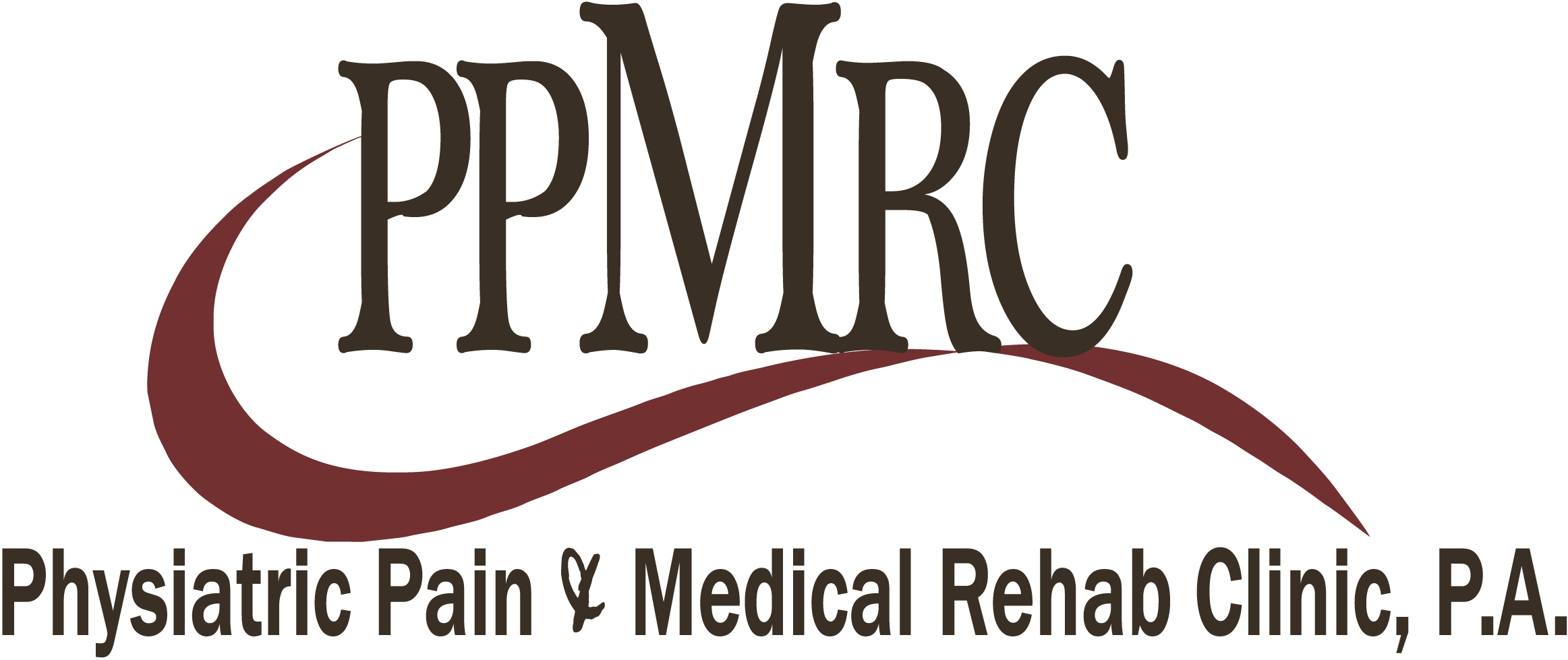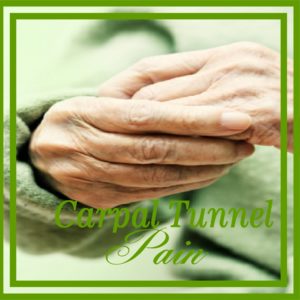Carpal Tunnel
How PPMRC Can Help With Carpal Tunnel Pain…
What Is Carpal Tunnel Syndrome (CTS)?
Anatomy of the Carpal Tunnel Syndrome.
Causes of Carpal Tunnel Syndrome?
CarpalTunnel Syndrome can be caused by a variety of problems. Certain medical conditions that may lead to compression of the median nerve include:
- Inflammation or swelling about the tendons
- Fluid retention
- Wrist fractures and dislocations
- Crushing injuries
- Rheumatoid/degenerative arthritis
- Diabetes
- Enlargement of the median nerve
- Tumors
- Hypothyroidism
- Pregnancy
- Walking with a walker and carrying your weight on the palms of your hand
There is considerable debate as to whether specific occupations lead to CTS, although there seems little doubt that these activities aggravate and produce the related symptoms. Non-work related activities may also provide symptoms of CTS, including: lawn mowing; long-distance driving; knitting; wood carvingactivities which involve prolonged or repetitive grasping and wrist flexion.
Symptoms of Carpal Tunnel Syndrome?
Numbness, burning, or tingling of one or more fingers (excluding the little finger) is the most common symptom of CTS. The pain and numbness can happen at any time, but often it occurs at night and may awaken the sufferer from sleep. At times, the pain may extend up the arm, into the elbow, and as far up as the shoulder and neck. Shaking, massaging or elevating the hands can sometimes gain partial relief.
On the palm side of the hand, just below the thumb, is a bulging pad of muscle called the thenar muscle group. These muscles are controlled by the median nerve. With CTS, this muscle group may begin to waste away, giving a flattened appearance to the palm when compared to the other hand.
Treatment Options:
What If I Require Surgery?
Surgery is usually performed on an outpatient basis. An incision is made on the palm of the hand, and the surgeon will cut (release) the ligament forming the roof of the tunnel. This relieves the pressure on the median nerve. It is also possible to release the ligament from inside the carpal tunnel using a technique called endoscopic carpal tunnel release. With the blood flow to the median nerve restored, the symptoms of burning and tingling are usually relieved soon after surgery. After surgery, the wrist and hand are wrapped in a bandage with the fingers and thumb free for full motion. Pain medication is provided and any excessive pain or swelling is promptly reported to the surgeon. Patients will be instructed to keep the hand elevated for the first few days. Frequent flexion and extension exercises of the fingers are extremely important to prevent stiffness and swelling. At ten 1014 days after surgery, the bandages and stitches are removed, and wrist motion is added to the exercise routine. Over the next several weeks, gradual progress in motion, strength and hand and wrist use will occur.
Patients can expect soreness from the incision for 46 weeks and discomfort from deep pressure for as long as several months. Recovery also depends upon the amount of weakness the patient experiences before surgery and how the patient works on strengthening afterwards. Some studies indicate that it may take a year to recover full strength after carpal tunnel decompression.


